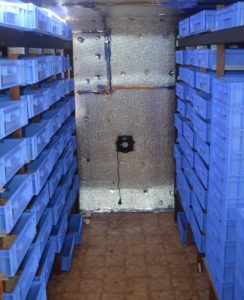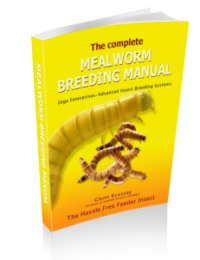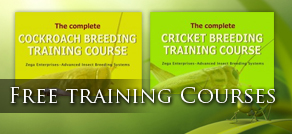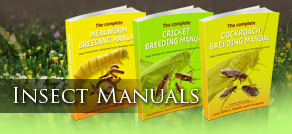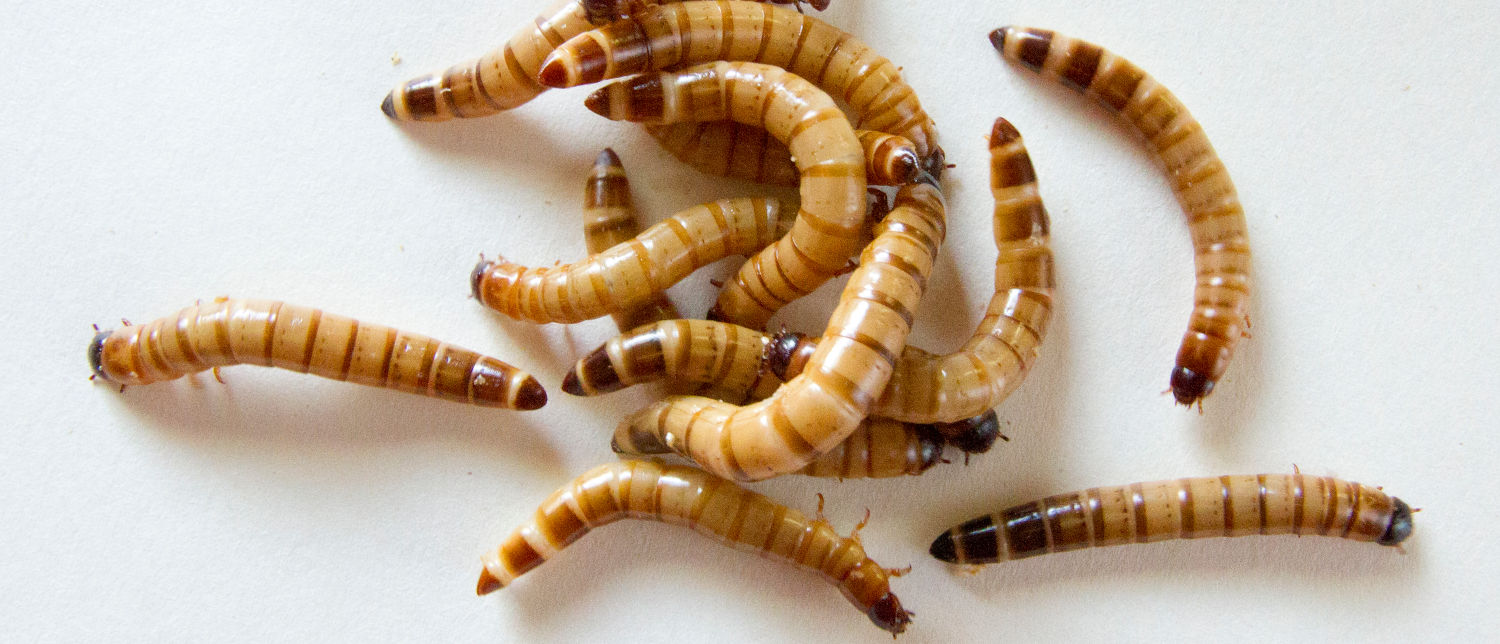
Separation is the key to keep your Mealworms Healthy and Productive
Separation is the key to a successful mealworm colony. Remember to prevent cannibalism you need to:
- Keep large mealworms separate from small mealworms (optional but recommended)
- Keep beetles separate from everything; eggs, mealworms of all sizes and pupa.
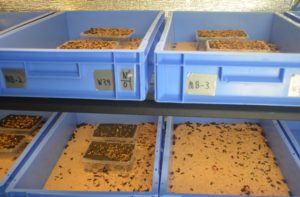
Rotating Mealworms with These Easy Steps…
- Place your mealworms into the first container (Containers 1) until the pupas appear.
- Pick out the pupas and place them into the egg cartons of Container 2. The beetles will crawl out of the egg cartons into the mealworm substrate below and lay their eggs.
- Every few weeks move both the pupa and beetles from Container 2 to a new container (Container 3, then container 4). The eggs left behind in Container 2 will start the next generation.
- Once you have used up all the mealworms in Container 1, keep rotating things through. If you need more mealworms simply add more containers.
- As described earlier the eggs are laid in the mealworm substrate. In this case “the gold is in the poo”, so don’t throw is out if you need more mealworms.
- It takes around 2 weeks for the beetles to mate and lay their first eggs, but after this period you can move the beetles and pupa to another container every few weeks or so.
- In this way you can create as many containers of mealworms as you require and importantly you separate beetles from other life stages and the mealworms will be of a similar size.
- To begin with keep a record of how often you rotate them through and how many containers you are using. Eventually you will know how many containers you need to maintain supply and how frequently to move the beetles to the next container.
- In container 2, the pupa can be separated from the beetles by placing them into an egg carton which is placed on top of the substrate. When they turn to beetles they will climb out and find their way to the mealworm substrate.
- If beetles are getting into the egg cartons from the substrate, you can raise them up using blocks or tape them to the side of the container. Some people like to have separate containers for pupa and beetles but this would require you to constantly inspecting and moving the beetles across to their container.
The Worlds most Comprehensive Mealworm Breeding Guide and Webinar Series
As part of the Mealworm book project we renovated a 6m (20 foot) caravan into an insect business which breeds Mealworms, crickets and Woodies. We have bench marked all build costs, operation costs (energy, food, time).
“The Complete Mealworm Breeding Manual ” which will greatly increase your knowledge of how to breed mealworms and super worms with greater consistency and ease. As with all our Feeder Insect Book Series, we will overhauled every aspect of mealworm production including…
- Commercial and small Scale production, both yellow and super/giant mealworms.
- Breeding
- Food and water requirements
- Making food and moisture requirements
- Heating/storage
- Container design
- Maintenance/pest management,
- Cleaning and maintenance
- Grading/selling/commercial production
- Lots and lots more!!
We will show you the commercial tips and tricks to breed a productive and low maintenance mealworm colony. Click Here for more about the “Mealworm Manual Project” and to view the books contents.
Free Cricket Breeding Course
For more information on how to breed crickets, get your free 9 lesson today. This training course has videos and lots of useful information which covers:
- How a conventional cricket breeding system works
- How our proprietary cricket breeding system works
- Cricket biology
- Container design
- Feeding, gut loading
- Heating
- Pest management and lots more…
Why not Turn an Expense Into Income?
For Information and advice on commercial production, Click Here. We have been breeding insects to Zoos, Wildlife carers, pet stores and the public for over 14 years.
We can show you how to build a profitable insect business. See below how you can follow our latest project converting a 20 foot caravan into a profitable insect business.
